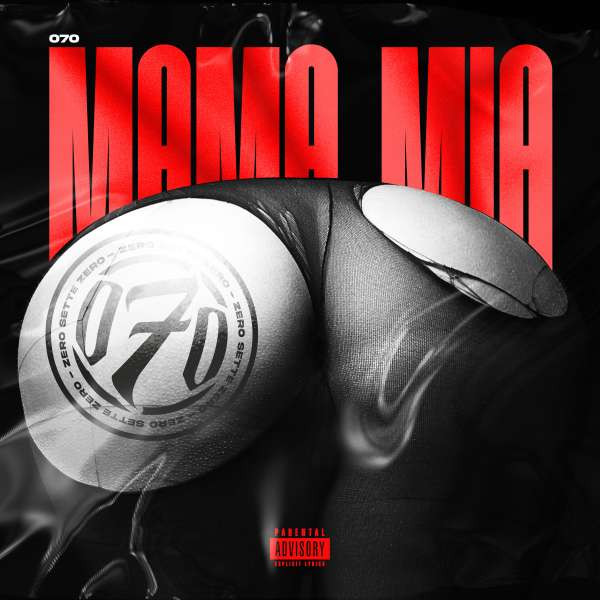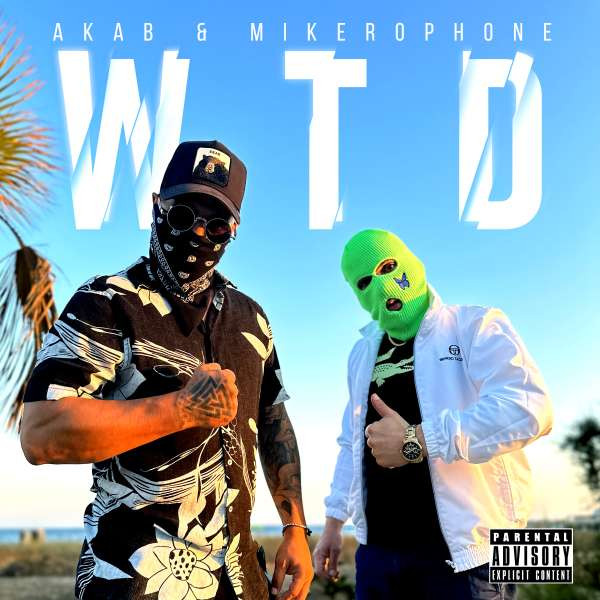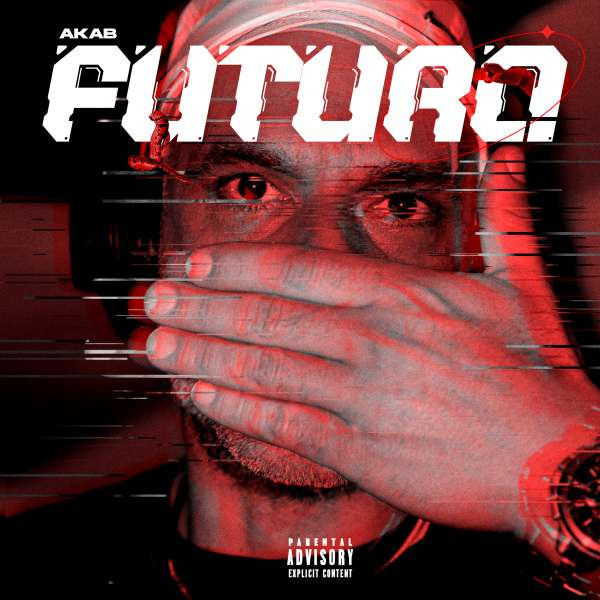- Recently Played
- My Playlists
- Favourites
Your Music
No activties found
- Tracks 0
- Followers1
- Following3
- Male
- Social Links
- Bio
-
Dbol Cycle For BeginnersLength, Dosage, Results, And Gains
**Short‑form take‑away:**
| Topic | Key points |
|-------|------------|
| **What are anabolic steroids?** | Synthetic derivatives of testosterone that increase protein synthesis → muscle mass, strength, red‑blood‑cell production. |
| **Historical use** | From early 1900s "steroid" experiments → first legal prescription (synthetic testosterone) in the 1930s; widespread doping by athletes from the 1960s onward. |
| **How they work** | Bind to androgen receptors → gene transcription → muscle fiber hypertrophy, erythropoiesis, fat loss. |
| **Benefits for athletes** | ↑ Power‑output, faster recovery, improved VO₂ max (via more RBCs). |
| **Risks / side effects** | • Cardiovascular: hypertension, atherosclerosis, arrhythmias
• Hepatic: cholestasis, liver failure (especially oral steroids)
• Endocrine: testosterone suppression, gynecomastia, infertility, hot flashes
• Psychological: aggression ("roid rage"), mood swings
• Long‑term: potential for irreversible organ damage. |
| **Legal status** | • Many anabolic agents are banned in sport (World Anti‑Doping Agency).
• Some steroids have legitimate medical uses (e.g., testosterone therapy), but prescription and monitoring are required.
• Use without prescription or for performance enhancement is illegal in many jurisdictions. |
---
## 2. Why These Drugs Are Often Misused
| Drug | Primary medical use | Typical dosage & duration | Common misuse patterns | Rationale for misuse |
|------|---------------------|--------------------------|------------------------|----------------------|
| **Methylphenidate (Ritalin, Concerta)** | Attention‑deficit/hyperactivity disorder (ADHD) in children/adolescents and adults; narcolepsy. | 5–60 mg/day (split doses). Duration: as needed for symptom control, often lifelong. | • Taking higher than prescribed dose.
• Using "bottle" or "tablet" to get rapid onset.
• Crushing tablets to snort or inject. | Stimulant effect improves focus and alertness; high abuse potential due to euphoric effects. |
| **Lisdexamfetamine (Vyvanse)** | ADHD in children/adolescents and adults; binge‑eating disorder (adults). | 20–70 mg/day. Duration: chronic use, often many years. | • Taking more than prescribed.
• Chewing or crushing for snorting or injecting. | Longer‑acting stimulant; abuse potential similar to other amphetamines. |
| **Methylphenidate (Ritalin, Concerta)** | ADHD in children/adolescents and adults. | 10–60 mg/day. Duration: long‑term treatment over many years. | • Taking higher doses.
• Crushing for snorting or injecting. | Dopamine reuptake inhibition; high potential for abuse when misused. |
| **Atomoxetine (Strattera)** | ADHD in children/adolescents and adults. | 40–100 mg/day. Duration: long‑term therapy. | • Not typically abused due to no stimulant properties, but some misuse reported with higher doses. | Nonstimulant; minimal abuse potential. |
| **Clonidine (Kapvay)** | ADHD in children/adolescents and adults. | 0.1–0.2 mg twice daily (children); dosage varies by age. | • Minimal abuse potential; some misuse at high doses reported. | Alpha‑2 adrenergic agonist; low abuse risk. |
| **Atomoxetine** | ADHD in children, adolescents, and adults. | 0.5–1.2 mg/kg/day (max 100 mg). | • Low abuse potential; rare reports of misuse at high doses. | Selective norepinephrine reuptake inhibitor. |
| **Bupropion** | Off‑label use for ADHD in adolescents and adults. | 150–300 mg per day. | • Moderate abuse potential due to stimulant effect. | Norepinephrine-dopamine reuptake inhibitor. |
| **Guanfacine** | Off‑label treatment of ADHD symptoms in children, adolescents. | 0.5–1.5 mg/day (max 3 mg). | • Low abuse potential. | α2-adrenergic agonist. |
> **Clinical Takeaway:**
> - Stimulants have the highest efficacy but also carry a higher risk of misuse and side‑effects such as insomnia, appetite suppression, or cardiovascular concerns.
> - Non‑stimulants (atomoxetine, guanfacine) are useful when stimulants fail or pose safety issues.
> - Bupropion may be considered if depressive symptoms coexist and stimulant contraindications exist.
---
## 3. Evidence‑Based Treatments for ADHD with Anxiety/Depression
| Category | Key Findings & Recommendations |
|----------|--------------------------------|
| **Pharmacologic** | • Stimulants (especially methylphenidate) are effective; monitor blood pressure, heart rate.
• Non‑stimulant atomoxetine may be chosen when anxiety is severe to avoid potential agitation.
• Bupropion shows moderate efficacy for ADHD and depression but requires caution in patients with a history of mania or suicidality.
• Combining an SSRI (e.g., sertraline) with methylphenidate has been shown to reduce depressive symptoms without significant interaction, provided cardiovascular monitoring is done. |
| **Psychotherapy** | • Cognitive‑behavioral therapy (CBT) tailored for ADHD improves executive function and coping skills.
• Mindfulness‑based CBT helps regulate emotional lability and reduces anxiety.
• Psychoeducation for the patient and family promotes adherence to medication schedules.
• Family‑focused interventions improve communication and reduce conflict that can exacerbate depressive symptoms. |
| **Lifestyle** | • Structured daily routine, including a consistent sleep schedule, regular exercise, and balanced nutrition, enhances mood stability.
• Limit caffeine and sugar intake as they may worsen anxiety and disrupt sleep.
• Encourage creative outlets (music, art) for emotional expression. |
---
### 5. Practical Implementation & Monitoring
| Time Frame | Action | Responsible |
|------------|--------|-------------|
| **Day 1–7** | Initiate medication changes; begin CBT modules on negative thought patterns; set up sleep hygiene routine; schedule first follow‑up visit in 2 weeks. | Patient, prescribing clinician, therapist |
| **Week 2–4** | Review medication tolerability; adjust doses if needed; continue CBT; assess mood with PHQ‑9 and anxiety with GAD‑7 at each visit. | Clinician, therapist |
| **Month 1–3** | Reassess treatment efficacy; consider adding or adjusting adjunctive therapy (e.g., propranolol) if PTSD symptoms persist. Continue psychotherapy for trauma processing. | Multi‑disciplinary team |
| **Quarterly thereafter** | Monitor long‑term maintenance of mood and anxiety control; adjust psychotherapy focus toward relapse prevention and functional recovery. | Clinician, therapist |
---
## 4. Summary
The patient presents with a complex psychiatric picture that includes:
- **Major Depressive Disorder (MDD)** – moderate to severe.
- **Generalized Anxiety Disorder (GAD)** – chronic worry symptoms.
- **Post‑Traumatic Stress Disorder (PTSD)** – trauma‑related re‑experiencing, avoidance, hyperarousal.
- **Potential Substance Use Disorder** – ongoing alcohol consumption.
**Differential Diagnosis** must consider mood and anxiety disorders in the context of traumatic experiences and substance use.
**Treatment Recommendations** involve a multimodal approach: pharmacotherapy (SSRIs + SNRIs/serotonin modulators), psychotherapy (CBT, EMDR, ACT), sleep hygiene, exercise, diet, mindfulness, and structured support for alcohol reduction.
This comprehensive plan is designed to address the complex interplay of mood, anxiety, trauma, and substance use in a holistic, evidence‑based manner. - https://postheaven.net/shieldboy93/dianabol-use-guide-common-questions-and-safe-use-strategies










